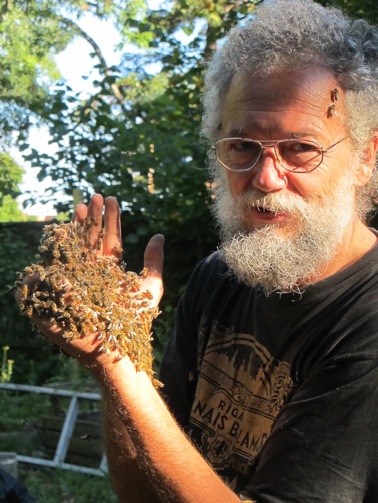Origins and history of Breatharianism
Discussion of breatharianism would be incomplete without some sort of historical overview. So let us consult the books of
the ancients depicted here to our left and embalmed by bees and slip back into the pages of time.


